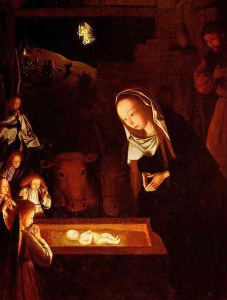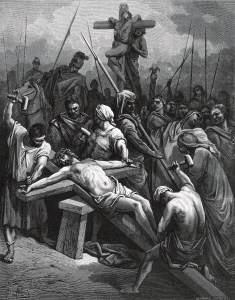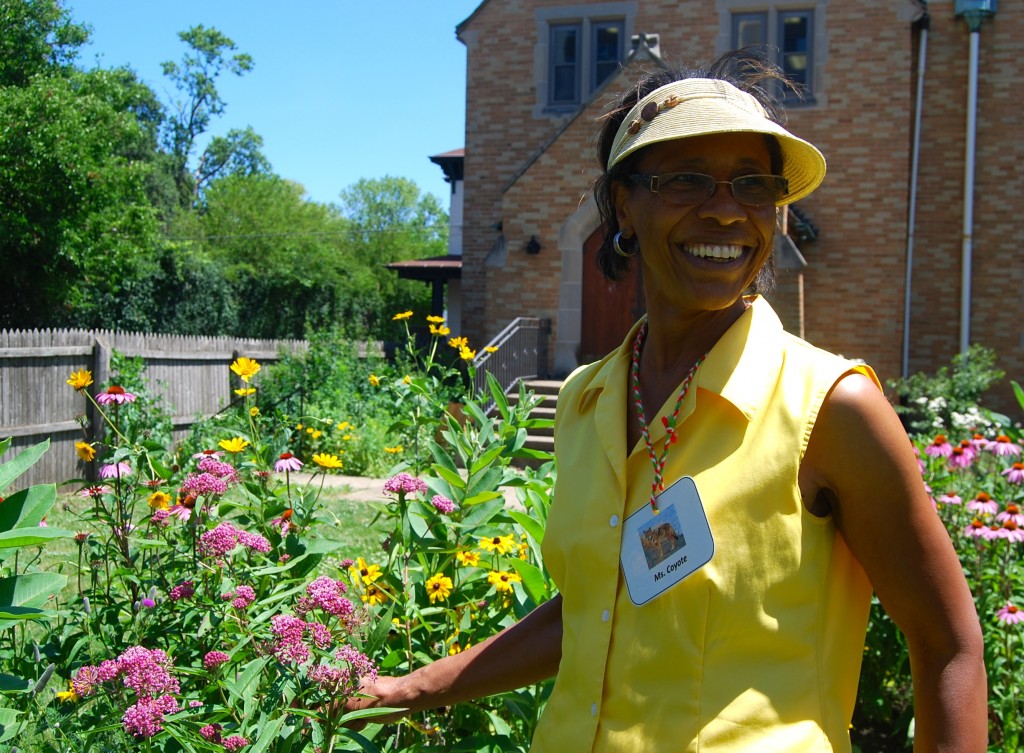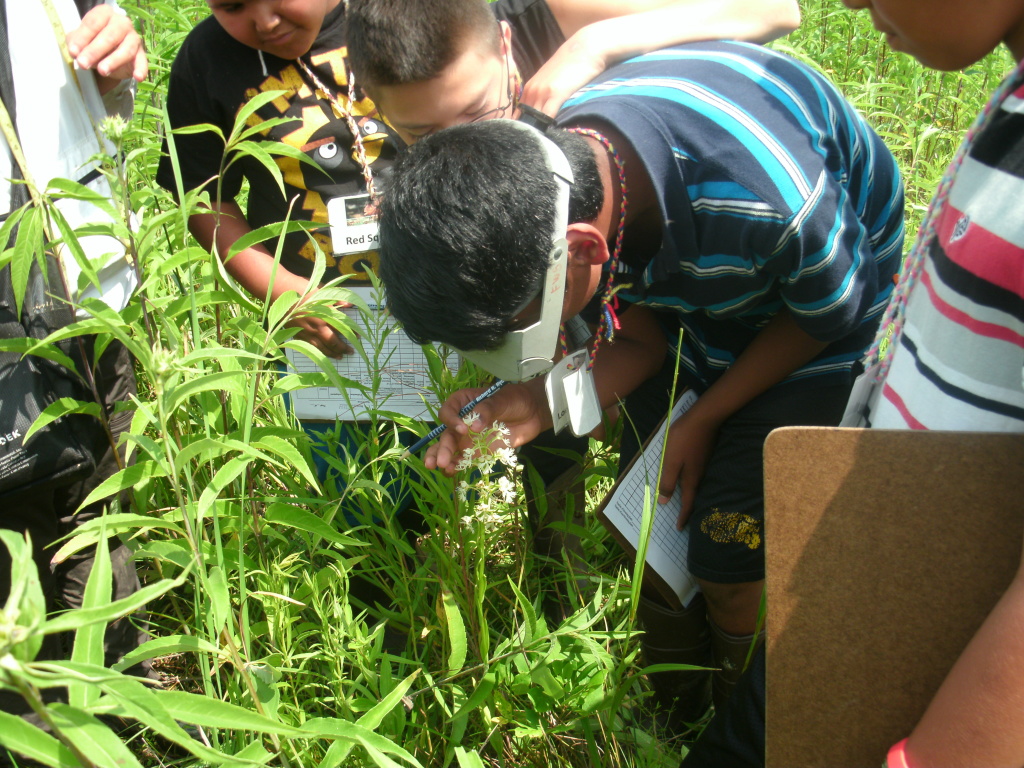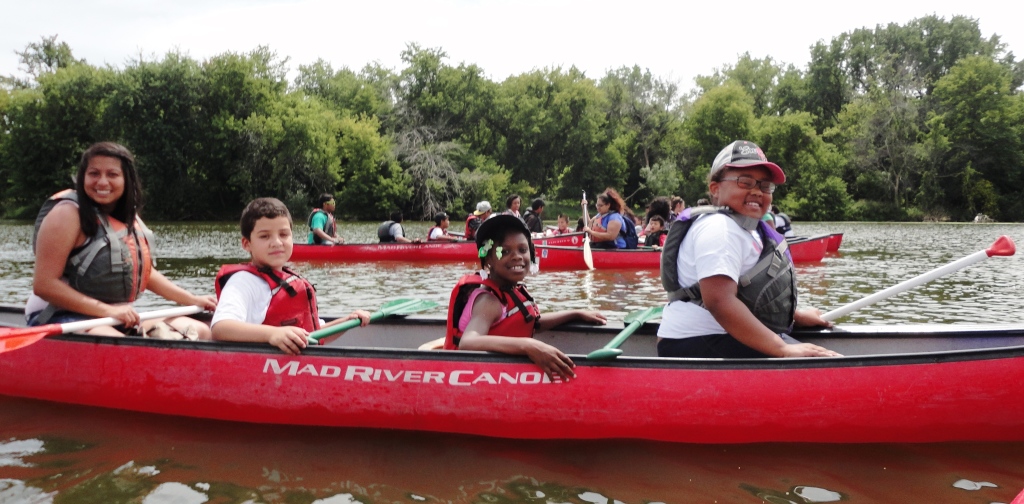How should we live out a whole faith?
How should Christians and Christian communities live out their lives in light of our calling to care for God’s earth?
There are many ways, but we should begin with food.
We should strive to raise food and make food choices in ways that will honor God, be consistent with God’s desire for the kind of people we will be, and enable God’s world to thrive.
This, I understand, is a challenging statement, a challenging ideal.
We are more comfortable talking about recycling, energy efficiency, and other conservation activities that are safer, more discrete parts of living. Food, by contrast, is far more woven into our cultural and social lives.
And we are tempted to believe that food choices are not related to a whole and holy Christian life. Don’t we have the freedom to eat whatever we want? And isn’t good food just a question of food that tastes good and is offered at a reasonable price?
But remember that through our food choices we interact with our neighbors and God’s land, water, and living beings every single day. Wendell Berry, Kentucky farmer and writer-prophet, puts it best when he says, “… eating is an agricultural act. Eating ends the annual drama of the food economy that begins with planting and birth.” What food you and I choose to buy makes us participants in the form of farming that gave us the food we bring home.
Remember that agriculture has a powerful impact on the condition of God’s earth. Nearly 40% of the earth’s surface not covered by ice is used for the raising of food. How we grow crops and raise animals shapes the health of the land and water of God’s earth to a remarkable extent. Does the food you and I eat helping the soil and water of our world flourish or is it depleting and damaging them?
Remember that in the case of meat and dairy agriculture, we are interacting with billions of living animals through the farmers and others in the food system who act on our behalf. Choosing to purchase the flesh or milk of an animal of God’s that has not been treated with compassion and care sends our economy this simple message: “I approve and reward you for what you’ve done to this animal and I heartily wish for you to raise more animals like this.”
The message of Proverbs 12:10 (“The righteous care for the needs of their animals, but the kindest acts of the wicked are cruel.”) applies to you and me even if we are not farmers. The animals that meat and milk come from are ours because our food purchase decisions make us part of the food system from which that meat and drink came. We need to ask: are we and everyone in that food system doing their very best to meet the animals’ needs?
Remember, too, that what we eat defines in large part our culture and what we stand for. What do you and I stand for? Who is our Master? Who is our God? Ourselves? Convenience, enjoyment, and low prices? Or our loving God who wants what is best for us and for the entire world?
And remember that what we eat shapes our health and the health of our loved ones. I have become convinced that eating with grace and mercy for God’s world will translate into better health.
So what is the food that Christians should buy and eat for every meal?
I’m not going to tell you.
At least I’m not going to give you detailed lists of what you should eat and what you shouldn’t eat. Food is complicated. Our modern food system is even more complicated. Our lives are complicated. Our social lives are complicated. I’ll be diving into those complications in future posts.
What I will offer at this beginning point, however, is a filter from the Bible that you might find surprising. Here it is:
But the fruit of the Spirit is love, joy, peace, forbearance, kindness, goodness, faithfulness, gentleness and self-control. Against such things there is no law. (Galatians 5:22-23 NIV)
To the degree possible, the fruit of the Spirit listed here should guide not only how we interact with people but also how we interact with the world and with the particular conditions of land and water and non-human life we find in each particular place.
In short, we should, as part of a whole Christian faith, seek out food that has been raised with love, joy, peace, forbearance, kindness, goodness, faithfulness, gentleness, and self control toward living creatures as well as the land and water on which all life depends.
An even simpler way of stating this would be: would God consider the way this food was raised compatible with the ethics of a good shepherd?
Let’s test this filter on several examples of food production practices.
The first is the injection of rBGH (Recombinant Bovine Growth Hormone) into dairy cows by some farmers in order to increase milk production. First approved by the Food and Drug Administration in 1993, rBGH has been found to cause the following health impacts on cows: increased rates of mastitis (inflammation of their udders), ulcers, arthritis, kidney and heart abnormalities, fertility issues, birth deformities in calves, and increased rates of lameness. Their productive lives are also significantly shortened (not a surprise when you’re forcing more milk production from other than what their bodies are meant to produce), which means they are slaughtered far sooner than untreated cows. There appears to be some evidence that there is an impact on the milk that comes from those cows as well.
Are love, patience, self-control, and the other fruits of the spirit part of this system at all? Are the needs of the cows being considered in this system at all? Should Christians drink milk from cows treated like this? Should Christian farmers use it?
The second example is turkey. Like broiler chickens, turkeys in the conventional food industry have been bred to grow far more rapidly than natural (sometimes more than double the natural rate) and more rapidly than the body systems of many of the birds can handle. The result is that some turkeys suffer from leg disorders, fatal cardiovascular problems (like ruptured aortas), and diseases, including sudden death syndrome. They are also likely to have weaker immune systems, which are stressed when they are subjected to continuous lighting and in close proximity to thousands of other birds. Finally, the breeding of turkeys for maximum breast meat production has made it impossible for them to breed naturally. Instead, they must be artificially inseminated. This is the polite way of saying male turkeys must be forced to produce semen and then that semen must be forcibly implanted into a female turkey. This is done to millions of turkeys.
The third example regards how many poultry, including turkeys, are slaughtered. You should read this article about how the speed of industrial-scale slaughterhouses results in hundreds of thousands of chickens and turkeys being scalded to death because workers on the line just didn’t have the ability to slaughter them properly. And the recent book – The Chain – makes clear that high-speed slaughtering and butchering facilities are awful for the workers, our neighbors, as well as for the animals.
Can we say this treatment of God’s creatures comes out of love, joy, patience, self-control, and the other fruits of the spirit detailed in the fifth chapter of Galatians?
Would a good shepherd allow those things to be done to his animals?
In Luke 15:3-6, Jesus tells the parable of a good shepherd seeking out the one sheep that was lost even as 99 were already safe and sound. That good shepherd does not live by the idea of acceptable levels of losses and collateral damage when raising animals. Should we?
Of course not.
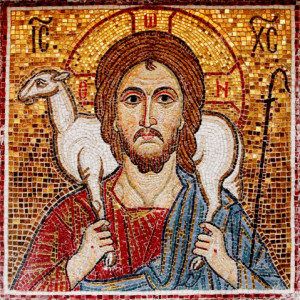
So what stands between our Spirit-inspired values and acting on those values?
First, we don’t know how food is raised. Our complex food system generally is not transparent about whether the food item you buy at a grocery store has been raised in a way that is good for the earth, animals, and people. The food system also exerts tremendous pressure on farmers to farm in ways that are antithetical to being good shepherds. I have tremendous sympathy for the position many farmers find themselves in.
Second, we are tempted and even taught to think of our faith as strictly a spiritual pursuit and getting our doctrines right. We are tempted and even taught to think that our faith has no real implications for our practical life in this world or at least not in terms of our interaction with God’s earth. As a result, making whole faith food choices means we have to go against the grain of the dominant food system and the dominant theology around us at the same time.
Third, it can be more expensive and time-consuming to find food that is closer to the ideal. There are farmers who pour their heart and soil into building soil life, keeping local streams healthy and clean, and caring for their animals with loving concern. But are we willing to make the extra effort to find them and support them and to do right by God’s Creation?
Fourth, we are afraid of standing up for our faith. Eating is the most fundamental way we interact with God’s earth. It is also one of the most fundamental elements of our culture and social life. We fear standing up and standing out for our faith in social settings. And we fear that living out a whole Christian faith in terms of food choices and food ethics will cause fellow Christians to think we’ve become “political” or “liberal” or “New Age.”
Fifth, it is just far easier and comfortable to ignore the gaping contradiction between what we eat and our Christian values. Aren’t there already many challenges for us in our everyday lives?
Make no mistake. The core of our faith is ultimately our unity in love and life with God through our faith in Jesus.
But there is no question that once we believe and place all of the weight of our life upon God and God’s wisdom, that our lives will be transformed. Jesus spoke often of faith bearing fruit. If the condition of our world is a fruit of our choices and values that are generated by our faith, what does that conviction tell God and us about our faith? If the condition of our home place is a fruit of our faith being applied in every day decisions as people and a community, what does it tell God and us about our faith? Food is in the middle of all of this.
You and I should not be blind to the complexities of food and to the difficulties of producing food in a world of weeds, weather, and intense economic pressures. Eating in a way that completely and fully reflects Galatians 5:22 in every detail for every meal is very difficult today.
Yet, we do not give up on God’s other ideals for us just because we can’t do them perfectly. We throw ourselves on God’s mercy when we fall short. We ask for God’s Spirit to fill us and renew us. And we try again.
In that same way, we as Christians should be tenaciously and stubbornly pushing for the food system to be closer to that ideal and doing the best we can everyday within our sphere of influence to be part of that effort.
Stephen Webb has written an excellent book called Good Eating, which is part of the series called The Christian Practice of Everyday Life. In it he writes these words:
“Our diet should be holy if we want all aspects of our lives to reflect God’s grace. If we say grace over our meals, we should have grace in our meals…”
Yes.
When we make food and eat it, let us truly be truly be mindful and grateful for the food we eat and for the earth from which that food comes and for the people who work so hard to produce it.
When we choose food (and if we have the ability to choose what we eat, we should feel blessed), let us be mindful of God’s concern and care for the earth, animals, and the people who act on our behalf in producing food.
And let us commit ourselves as individuals, as families, and as communities of faith to bringing grace to God’s world through the meals we say grace over everyday.

